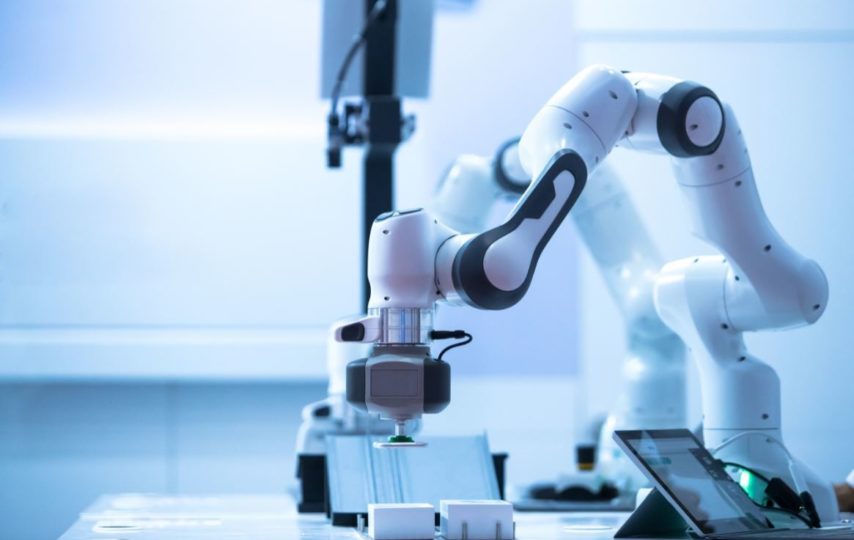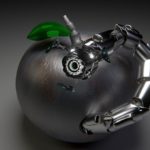Many manufacturers are now getting excited by collaborative robots. They not only reduce costs, but many are now plug-and-play robots thus, being user-friendly. Their advanced sensor and vision technologies enable business owners to reinforce the human workforce producing a more efficient workplace. As a result, there’s an increase in production and accuracy in the workflow. So accurate are these robots such that, if a human got in its way during production, it stops until the human moves from its way.
Why Robots are taking over Manufacturing
When robots are equipped with force-sensing and vision capabilities, they can easily accommodate a change in design and even help with new lines. This makes them extremely useful to product manufacturers. Their maintenance is usually not time-consuming and this makes them a low-risk asset to any business especially when their many benefits are put into consideration.
Current manufacturing companies prefer automation because it has proven to increase production at high volumes and relatively low costs. Mechanized assembly lines assure process safety and standardized quality. As such, the economy of scale is achieved when there’s a predominant focus and inclusion of robotic assembly lines.
How many Industrial Robots are there?
Robots used in industries can be classified into five different types;
- Cartesian:
This is the most common of all robot types. Many plant operators turn to this robot because it can be easily programmed and used. The Cartesian has linear movements which give it its cube shape. It can also have customizable precision, lengths, and speed. As such, it is most suitable for pick-and-place situations. Even so, this robot comes with one drawback. It comes with many of its parts separate and its assembly tends to be quite complex. Other than that, it will meet the specific needs it is designed to.
- Delta:
These robots are very fast and that could explain why they are the most expensive. They are dome-shaped and have complete solutions machine designers can use. While they are complicated to use, Delta robots have unmatched precision and speed. This makes them suitable for applications where products are transferred from conveyor belts and placed in boxes.
- Axis:
This are all-rounded assembly line robots that are mostly used in assembly lines like those for installing car seats. Their function is like that of an arm and can pick materials up and move them from point A to B. Its programming is complicated but it comes as a complete solution and moves quickly. In terms of size, the 6-Axis is large thus making it a favorite among designers thanks to its ability to make motions which other robots cannot.
- SCARA:
These are also all-rounded robots that offer complete solutions. Its motion degrees are more than that of Cylindrical robots having an arch or radius-shaped workspace. Its application is also the same as that of Cartesian and Cylindrical robots. However, SCARA robots have quicker motion than the two aforementioned robots. It is easy to integrate and has small work envelop making it suitable for use in BioMed.
- Cylindrical:
These robots imitate the Cartesian’s motion axis and are made of linear and rotary actuators. Their circular work envelopes make them suitable for those looking to save on space. It comes with a rotation element which means it can be placed at the heart of any workspace. These robots require minimal assembly and their installation and usage are also not complex.
Each robot comes with a special set of elements that make it the most suitable in a selected application. Their workspace, speed, and size are what sets them apart, and having in-depth knowledge of these differences allows machine designers to create robots best fit for different industries.
Conclusion
There are currently hundreds of robots that perform many different tasks by the day. Robots have, over time, managed to satisfy the ever-changing demand manufacturers have. They are also designed with financial and quality considerations. This means they are created to give a shorter return-on-investment term.



